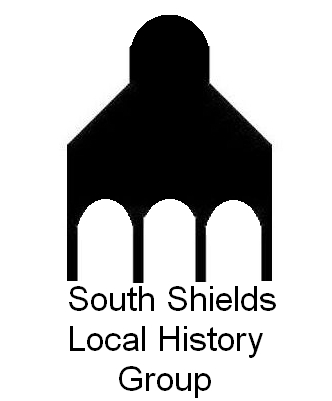Corporation Staith (A Horrible History article NOT FOR THE FAINT HEARTED!!!!)
The Corporation Staith was a huge staith which went from Mile End Road over Shadwell Street and ended at the river.

It was used to carry “night soil” that is human excrement from middens/privies collected from all over South Shields. The excrement was pushed along the staith in carts and the waste was deposited into the waiting “hopper barges” and the then towed out to sea and dumped.


Tenders were taken to build the Corporation Staith in 1891 and it was completed in 1892. It was a huge structure and very expensive, it cost £4,400 just to build it, then running costs, maintenance costs and hiring of tugs to tow the hopper barges.

There were many complaints about the noise and the smell but it served its purpose in removing huge quantities of “night soil” and it lasted until about 1930.

In 1928 one of the alternatives to the “Manure Staith” as it was sometimes called was to dump the waste at Gipsies Green!!!

Prior to the 1930s a great many houses did not have flush toilets, only a seat over a dry hole, into which you relieved yourself, then scattered dry ash over. The Corporation cart (“night soil men”) would come around the back lanes at night to empty the middens (sometimes called privies) through a door. The midden may have been used by more than one family, depending on who shared the backyard.
The higher parts of Corporation Staith were demolished by 1937.


Shadwell Street Tunnel
In 1845 work started on building Thomas Salmon’s Ballast Railway. It ran from Salmon’s Quay then crossed Shadwell Street on a wooden bridge, then tunnelled under Military Road right next to the Turk’s Head pub, then across open land and through the Roman Fort to the ballast hills at the Lawe Top.

When they were building this railway line they came across: “the ancient military way, called Wreken Dyke, leading from the Roman Station.”

The use of water for ballast in ships became popular in the 1880s and probably made the railway unprofitable though exactly when it closed is unknown.


The tunnel was finally sealed with a “concrete retaining wall” in 1936 when the new River Drive Road was built right next to the entrance.


Sources:
British Newspaper Archives
Terry Ford
Photos:
South Tyneside Libraries
Terry Ford
